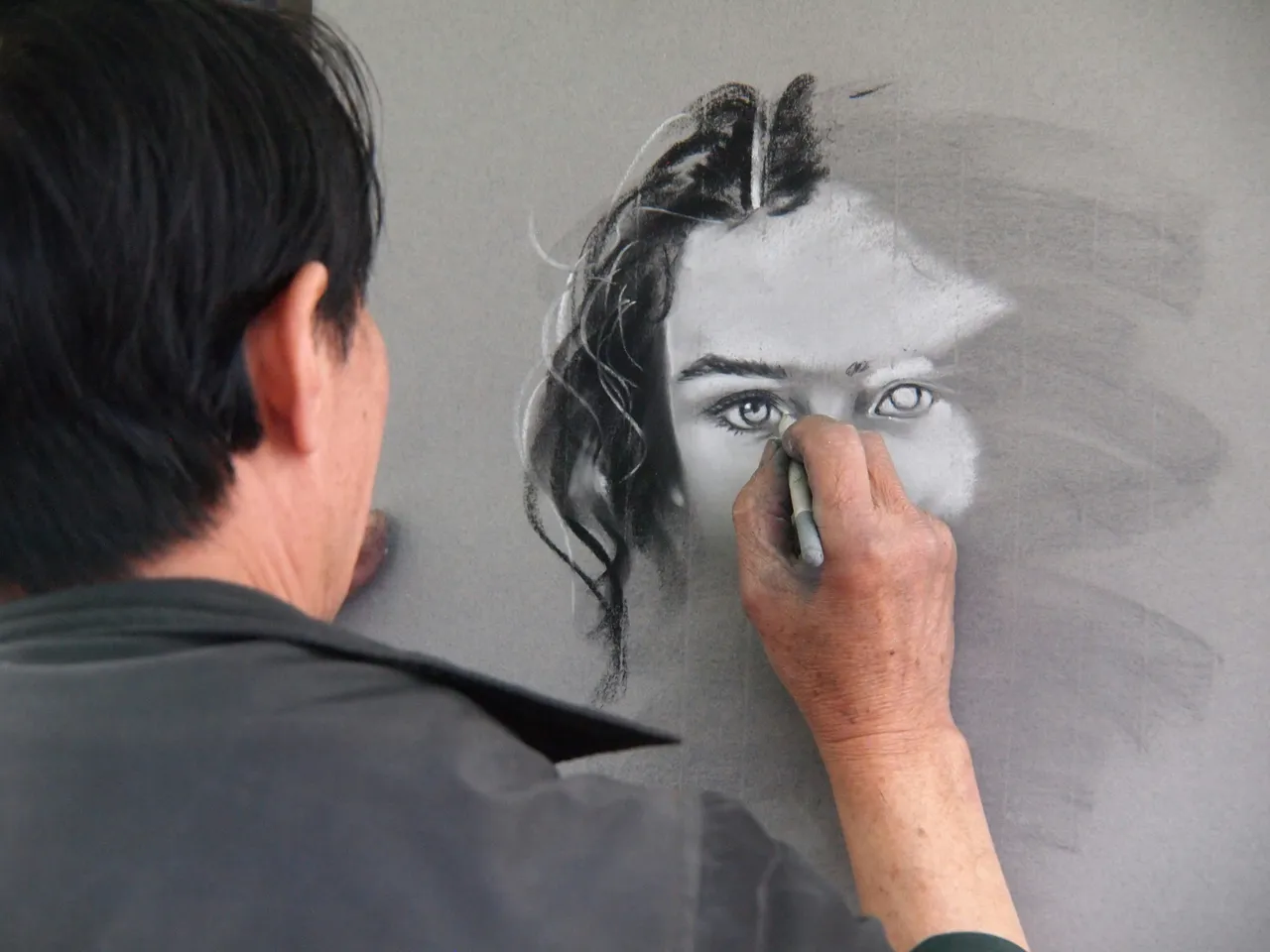
Image info
Minimalism in Art: Creating Powerful Pieces with Less
In a world filled with visual noise, the art of minimalism emerges as a breath of fresh air. Minimalism in art encourages us to remove the unnecessary and focus on the essence of the artistic subject. This movement, which gained momentum in the 1960s and 1970s, inspires artists to create impactful pieces with less. This allows viewers to connect deeply with the artwork. By appreciating the historical significance of minimalism, we can see how this approach transforms artistic expression and aligns with sustainable practices in art creation.
The Essence of Minimalism
Minimalism in art is defined by its commitment to simplicity and clarity. It draws inspiration from earlier movements like Constructivism and the Bauhaus school, which emphasized functionalism and the purity of materials. Artists sought to challenge conventional views of art. They used industrial materials and geometric forms to create works that invite viewers to engage with the art and their surroundings. By stripping away extraneous details, minimalism allows the core message of the artwork to shine through.
Key Techniques in Minimalist Art
Minimalist artists employ several techniques to convey their vision. Repetition and seriality are common. Artists use repeated forms to create rhythm and structure within their work. Presenting similar shapes or patterns draws attention to subtle differences. This invites viewers to explore the piece more deeply. Clean lines and geometric shapes are also hallmarks of minimalism. They help create a sense of order and clarity. These elements allow viewers to focus on the physical presence of the artwork, enhancing their experience of the object and the space around it.
The materials used in minimalist art play a central role in the overall experience. Artists often choose industrial materials, such as metal, glass, or concrete. This choice emphasizes the physicality of their work. This focus on materiality encourages viewers to consider the relationship between the artwork and its environment. For instance, reflective surfaces can alter the perception of light and space. This adds another layer to the viewer's experience.
Notable Minimalist Artists
Several artists have made significant contributions to the minimalist movement, each bringing their unique perspective and style. Donald Judd is known for his precise geometric forms and use of industrial materials. His works often resemble boxes and cubes. This challenges traditional perceptions of sculpture. One of his most famous works is the "Untitled" series, featuring stacked boxes that emphasize the relationship between form and space.
Dan Flavin is famous for his installations using fluorescent light. He creates sensory experiences that highlight light as a material. His work transforms the perception of space. It encourages viewers to consider how light interacts with their surroundings. A notable example is his "Monument" series, which uses colored fluorescent tubes to create immersive environments.
Sol LeWitt, a pioneer of conceptual art, employed simple geometric forms and a systematic approach to creation. His work often invites viewers to contemplate the ideas behind the art rather than focusing solely on the visual aspects. His "Wall Drawings" exemplify this, where the instructions for the artwork are as significant as the final piece.
Agnes Martin is celebrated for her ethereal grids, known for their meditative quality and subtle use of color. Her pieces invite viewers to slow down and engage with the artwork on a deeper emotional level. One of her most famous works, "Untitled #10," exemplifies her use of soft lines and gentle hues to evoke tranquility.
Creating Powerful Minimalist Art
For artists looking to embrace minimalism in their work, focusing on essential elements is key. Start by identifying the core message or emotion you want to convey. Strip away any unnecessary details. This allows the essence of your idea to shine through. Experimenting with materials can also be beneficial. Consider using industrial or unconventional materials to emphasize the physicality of your work. This approach can create a unique sensory experience for viewers.
Engaging with your audience is important. Think about how your artwork interacts with the space around it. Encourage viewers to explore the piece from different angles and perspectives. This fosters a deeper connection.
Minimalism and Sustainability
Minimalism aligns beautifully with sustainable art practices. By focusing on fewer materials and resources, artists can create impactful works that resonate with eco-conscious values. Embracing minimalism not only reduces waste but also encourages a thoughtful approach to art creation. Artists can transform everyday items into powerful pieces, showcasing the beauty of simplicity while promoting sustainability.
Conclusion
Minimalism in art offers a powerful approach to creativity. It invites artists to explore the beauty of simplicity. By focusing on essential elements and engaging with their audience, artists can create impactful works that resonate deeply. As we embrace minimalism, we also align ourselves with sustainable practices. This fosters a more eco-conscious artistic community. For both seasoned artists and those new to the creative journey, exploring the principles of minimalism can open new avenues of expression.
This article was developed using available sources and analyses through an automated process. We strive to provide accurate information, but it might contain mistakes. If you have any feedback, we'll gladly take it into account! Learn more

